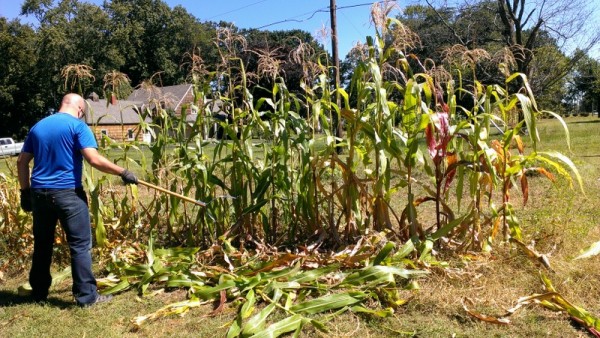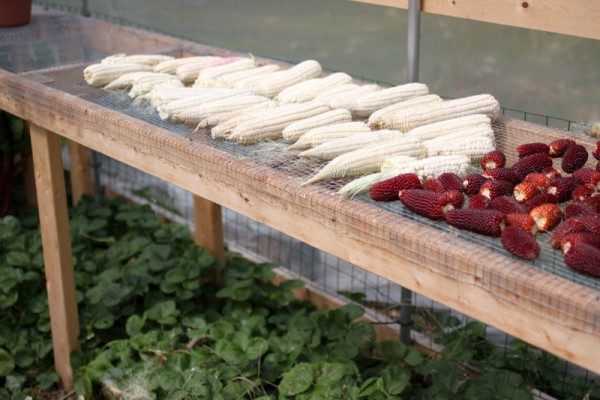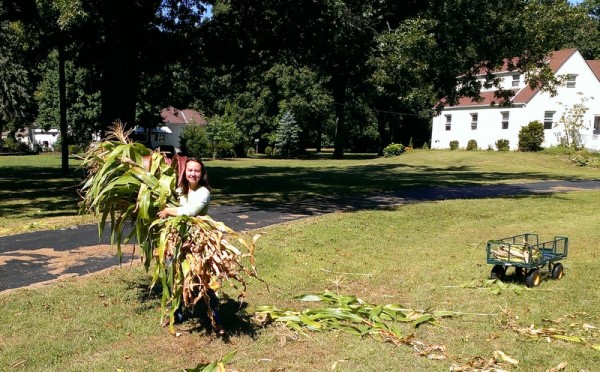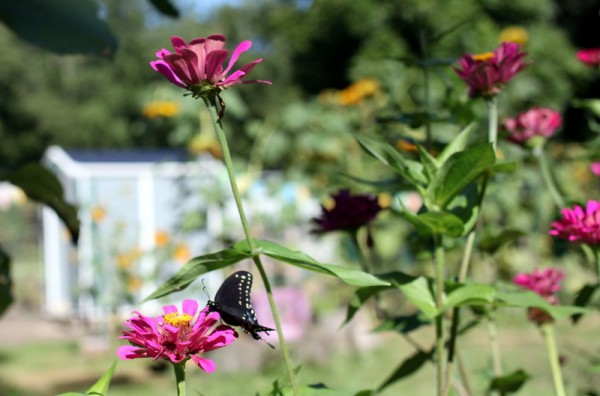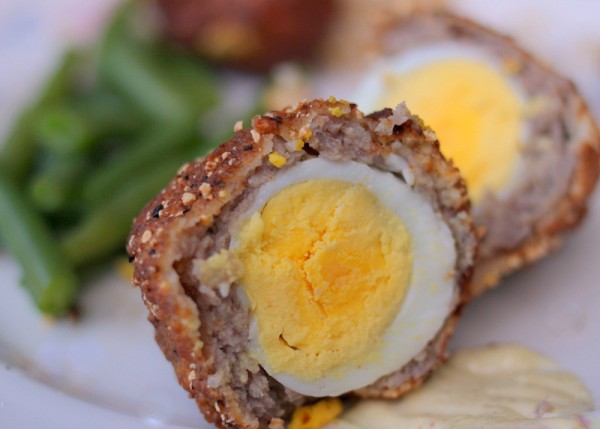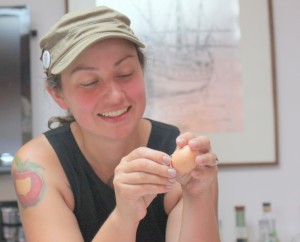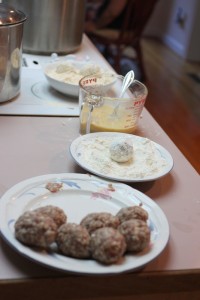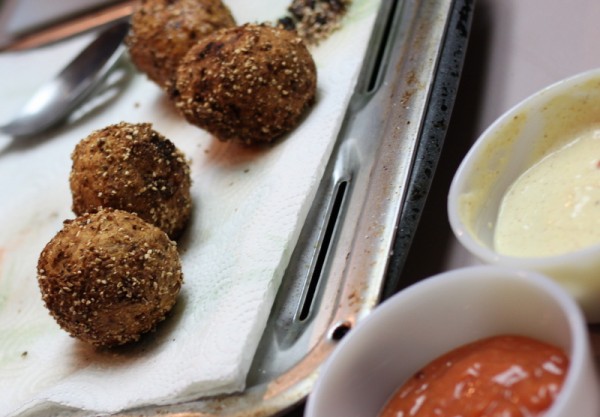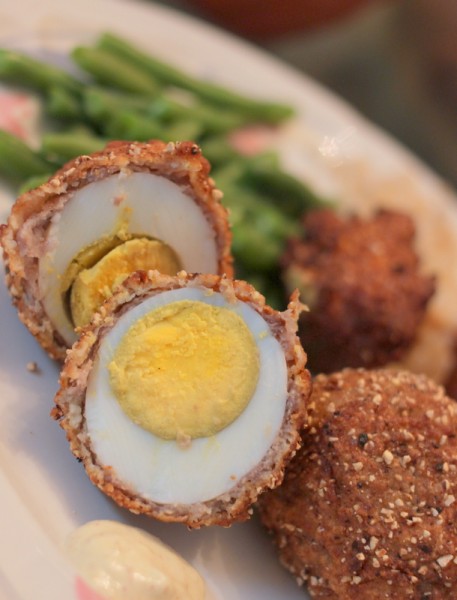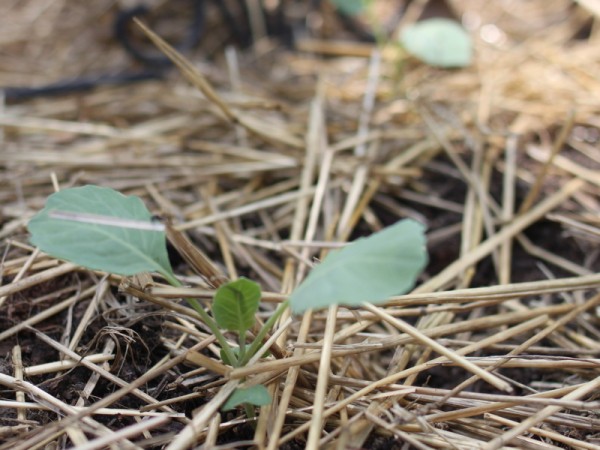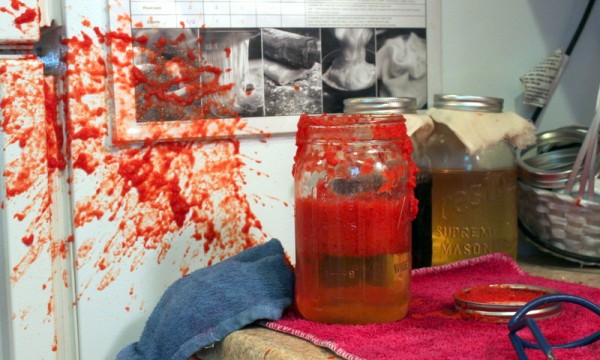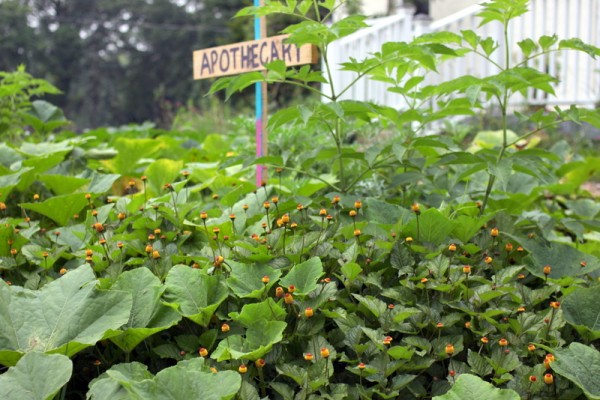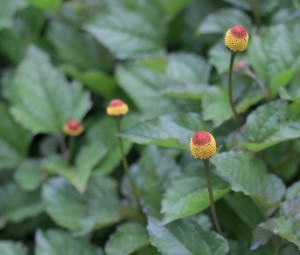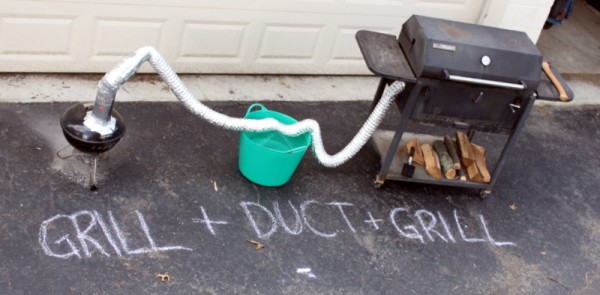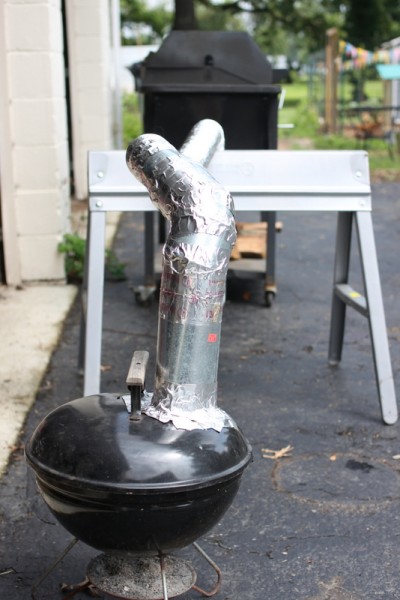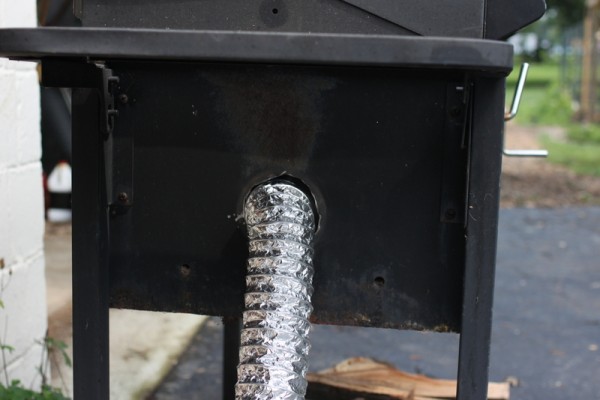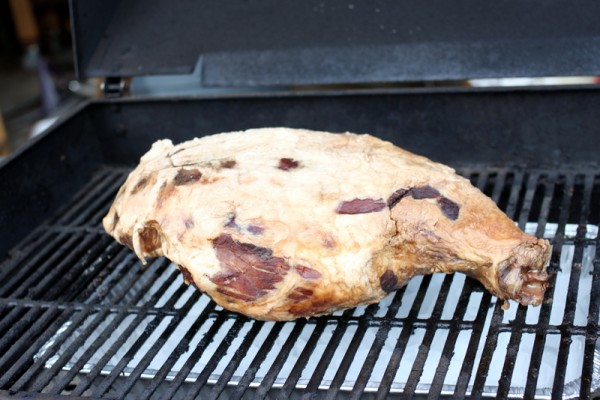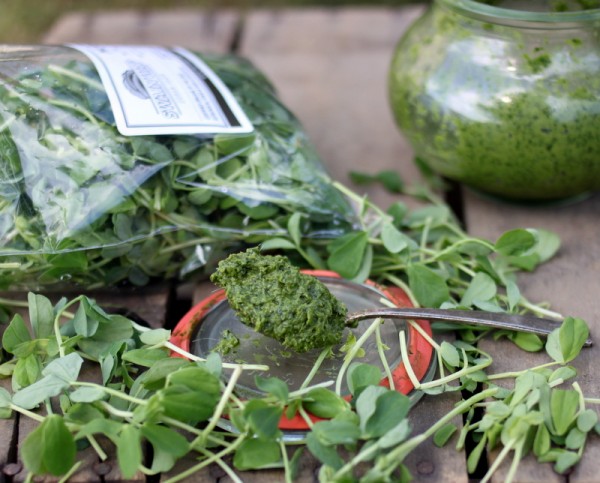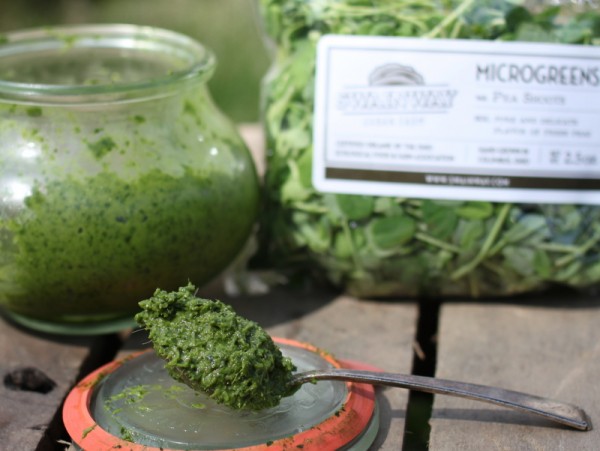When my mother wanted us to grow sweet corn this year, we whined. "The deer will tear it down!" "Don't you know sweet corn is one of the most difficult crops to grow successfully?" "If the deer don't get it, raccoons or geese or rats will!"
But we planted anyways because we promised to grow something for each member of our immediate family and this was a year of experimentation.
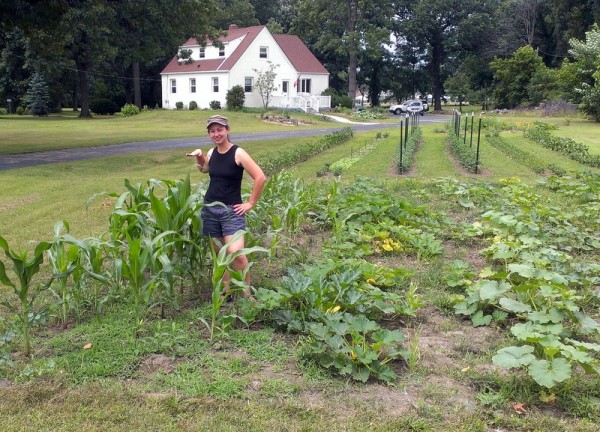
And guess what? The corn grew! It was more than knee high by the fourth of July. Later, the stalks tasseled and set ears. Lil and friends ran through the rows and crouched behind stalks as if in a giant corn playground.
Alas, we never harvested sweet corn at the right time. It was under ripe before our family trip to the Eastern Shore and starchy after. We whined again. "If we were home, would it have tasted good?" "Was it the variety?" "Ah, well, maybe corn-fed venison will be a better harvest."
A month later, the corn patch still had no visitors from hungry wildlife. "Did the raccoons stay away because the corn is near the road?" "Or maybe does the Nasturtium we planted discourage deer as promised?" "I guess we should harvest it."
We cut all the cobs off the stalks and scythed the stalks down. We marveled at all the biomass grown from one handful of seeds.
The sweet corn ears are drying on our hardware cloth shelf in the hoop house next to strawberry popcorn. If they dry to completion, we'll try milling the sweet corn into corn meal. If the cornmeal doesn't work, we know some chickens who would likely eat it.
The stalks are drying on the paved walkway to the house (classy, we are) because they can be a secondary harvest. Tied up with twine, they'll be festive autumn decor.
Mom, thanks for the push to try growing sweet corn. It didn't produce what we wanted, but we harvested what we could. Don't be surprised if your porch is soon visited by the corn stalk fairy!

